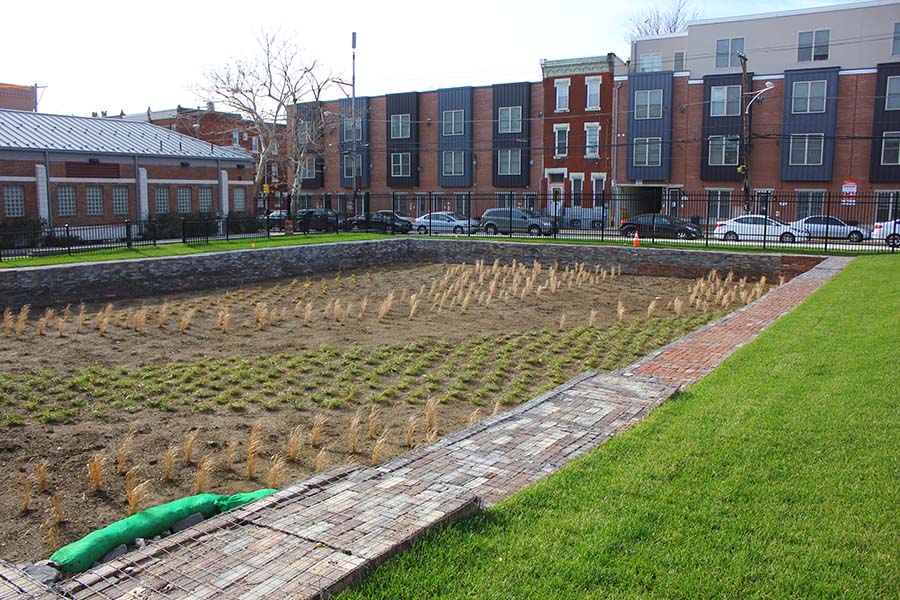Langan Discusses Green and Sustainable Remediation at the 2019 Remediation Summit
 Experts gather to discuss growing trends
Experts gather to discuss growing trends
At the recent Langan Remediation Summit, a hot topic of discussion was green and sustainable remediation (GSR), which is a growing trend in the remediation industry. GSR is a remedy developed in consideration of external social and economic impacts in addition to environmental impacts. One may think that remediation is inherently sustainable; however, when a remediation project is not evaluated holistically for its effects on the environment, community, and economy, the project may have an overall net negative impact. For example, the off-site hauling of waste can increase greenhouse gas emissions. Another example would be remedial actions that might disrupt the normal operations of local businesses. With these net negative effects in mind, it is important for remediators to consider the broader understanding of sustainability in a remediation project from the beginning, so that a project can have the greatest possible overall net positive impact.
One common concern is that GSR is more expensive or that it causes delays. However, when a remediation project is evaluated for its potential effect on the environment, community, and economy, the resultant remediation plan can be more successful, as the same remedial objectives are met while careful consideration is given to the economical and societal effects. One example would be the use of locally sourced materials – the same remedial objectives can be achieved while supporting the local economy and reducing the greenhouses required to deliver the materials onsite. Additionally, because positive relations with the local community are important to the success of a remediation project, engaging the community early in the process and incorporating concerns into the proposed strategy can expedite community acceptance and speed the progress of remediation.
 Conventional components of GSR are often considered for a remediation project for reasons other than sustainability, and are not immediately recognized as green and sustainable. Examples include the use of locally sourced materials; the reuse of material on site rather than the disposal; and the use of passive sampling over traditional low-flow sampling for long-term monitoring. Unfortunately, these components are often considered only for their cost-saving value and not for their sustainability value.
Conventional components of GSR are often considered for a remediation project for reasons other than sustainability, and are not immediately recognized as green and sustainable. Examples include the use of locally sourced materials; the reuse of material on site rather than the disposal; and the use of passive sampling over traditional low-flow sampling for long-term monitoring. Unfortunately, these components are often considered only for their cost-saving value and not for their sustainability value.
It is important for environmental professionals to remember that a remediation project begins at the initial site investigation and continues through operation and maintenance of the remediation, as well as monitoring of the site throughout each stage. GSR should be considered, evaluated, and incorporated into the project, where appropriate. A number of publications and other guidance focusing on GSR are available, including ASTM’s Standard Guide for Greener Cleanups, and more recently, Ten Years Later: The Progress and Future of Integrating Sustainable Principles, Practices, and Metrics into Remediation Projects. In addition to these publications, a new Interstate Technology and Regulatory Council (ITRC) team has been established to look at the relationship between GSR and climate resiliency.
